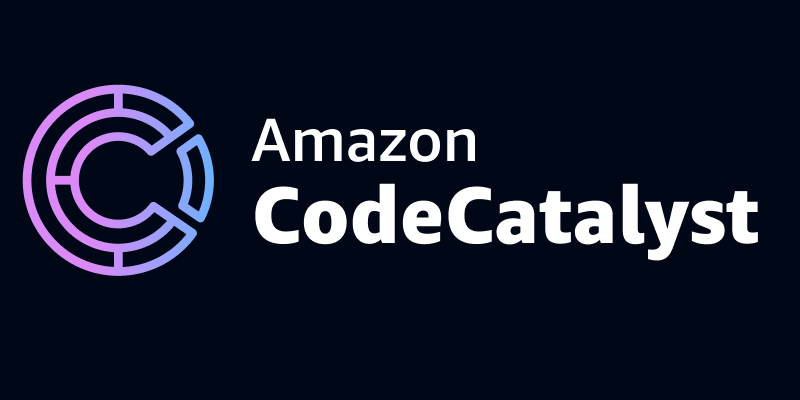A Beginner's Guide to Harnessing the Power of CodeCatalyst in AWS
 Sumit Mondal
Sumit MondalTable of contents

Introduction:
In the vast landscape of cloud computing, Amazon Web Services (AWS) stands tall as a prominent player, offering a myriad of services to cater to diverse needs. Among these services is CodeCatalyst, a powerful tool that simplifies and accelerates the development process. In this blog post, we'll explore the basics of using CodeCatalyst in AWS, providing a step-by-step guide for beginners.
Understanding CodeCatalyst:
CodeCatalyst is a suite of services within AWS that focuses on streamlining the development lifecycle. It provides tools and resources to help developers build, test, and deploy applications with ease. Here's a breakdown of its key components:
AWS CodeCommit:
CodeCommit is a fully-managed source control service that makes it easy for teams to collaborate on code.
Start by creating a CodeCommit repository to store your source code securely.
AWS CodeBuild:
CodeBuild automates the build and testing phases of your application development.
Configure a build project specifying the build environment, source code location, and build commands.
AWS CodeDeploy:
CodeDeploy automates the deployment of your application to various environments.
Create a deployment group, define deployment settings, and let CodeDeploy take care of rolling out your application updates.
AWS CodePipeline:
CodePipeline orchestrates the entire release process by integrating CodeCommit, CodeBuild, and CodeDeploy.
Set up a pipeline to automate the flow of your code through the different stages, from source code to deployment.
Getting Started:
Create an AWS Account:
- If you don't have an AWS account, sign up for one. AWS offers a free tier with limited resources, allowing you to explore and use CodeCatalyst at no cost initially.
Access AWS Management Console:
- Log in to the AWS Management Console using your account credentials.
Navigate to CodeCatalyst:
- Find CodeCatalyst services in the AWS Management Console. You can locate CodeCommit, CodeBuild, CodeDeploy, and CodePipeline under the "Developer Tools" section.
Set Up a CodeCommit Repository:
- Create a CodeCommit repository to store your project's source code. Follow the prompts to configure the repository settings.
Configure CodeBuild:
- Set up a CodeBuild project by defining your source code location, build environment, and build commands. CodeBuild will automate the build process for you.
Create a CodeDeploy Application:
- Create a CodeDeploy application and deployment group. Define deployment settings, such as the EC2 instances to deploy to and the deployment type.
Build a CodePipeline:
- Connect CodeCommit, CodeBuild, and CodeDeploy using CodePipeline. Create a pipeline that automates the entire release process from source code to deployment.
Conclusion:
CodeCatalyst in AWS is a comprehensive set of tools designed to simplify and enhance the development workflow. By following these basic steps, you can harness the power of CodeCatalyst to efficiently manage your source code, automate builds, and seamlessly deploy applications. As you delve deeper into AWS and CodeCatalyst, you'll discover even more advanced features to optimize your development process. Happy coding!
Subscribe to my newsletter
Read articles from Sumit Mondal directly inside your inbox. Subscribe to the newsletter, and don't miss out.
Written by

Sumit Mondal
Sumit Mondal
Hello Hashnode Community! I'm Sumit Mondal, your friendly neighborhood DevOps Engineer on a mission to elevate the world of software development and operations! Join me on Hashnode, and let's code, deploy, and innovate our way to success! Together, we'll shape the future of DevOps one commit at a time. #DevOps #Automation #ContinuousDelivery #HashnodeHero